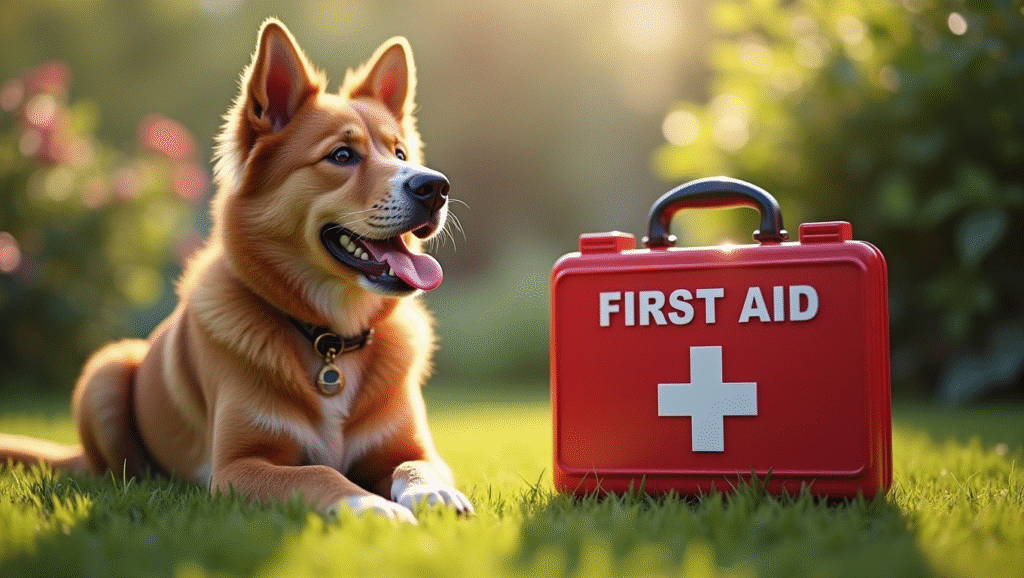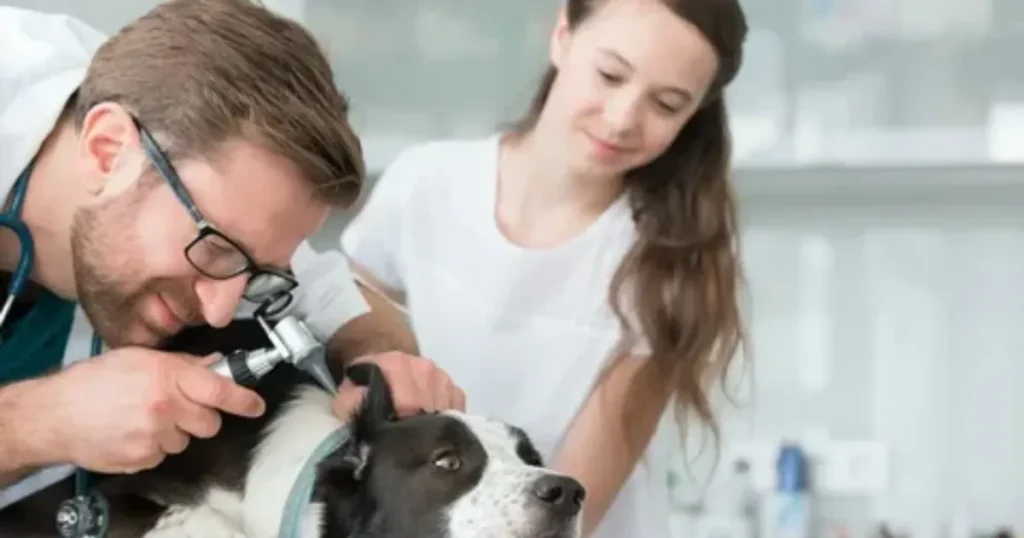Dog First Aid Proven Methods for Quick Action is something every dog owner should know.
Dogs can get hurt or sick just like us, and being ready can make a big difference. In this article, you’ll discover key techniques for handling common emergencies, how to create a first aid kit, and what to do when your furry friend needs help.
We’ll also talk about when to call the vet and how to stay calm in tough situations. It’s all about keeping your pup safe and healthy!
Key Takeaways
- Know the basics of dog first aid.
- Stay calm if your dog gets hurt.
- Check for breathing and pulse first.
- Use a cloth for bleeding wounds.
- Call a vet for serious problems.
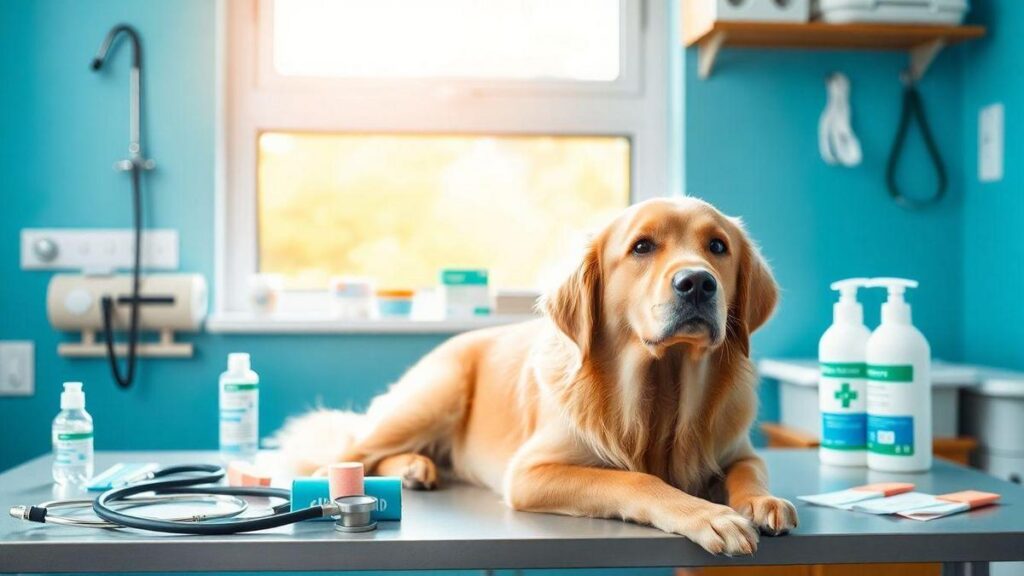
Summary
Understanding Dog First Aid: Why It Matters
When it comes to our furry friends, being prepared can make all the difference. Dog first aid is essential. Just like humans, dogs can get into all sorts of trouble. They might eat something they shouldn’t, get injured while playing, or have an allergic reaction. Knowing how to respond quickly can save your dog’s life. For more insights, you can explore key information about dog first aid.
Imagine you’re out on a hike. Your dog is having the time of their life, but then you notice they’ve cut their paw. What do you do? In that moment, understanding dog first aid can mean the difference between a minor issue and a serious emergency. It’s all about being proactive and ready to act when things go sideways.
Common Dog Health Emergencies You Should Know
There are several health emergencies that every dog owner should be aware of. Here are a few common ones:
- Choking: This can happen if your dog swallows something too big or a toy breaks. If your dog is gagging or pawing at their mouth, they might be choking.
- Cuts and Scrapes: Dogs are curious creatures. They can easily cut themselves on sharp objects or rough surfaces. Learn more about administering first aid for cuts.
- Poisoning: Dogs can get into all sorts of trouble with household items, like chocolate, grapes, or certain plants. Knowing the signs of poisoning is crucial.
- Heatstroke: Dogs can’t sweat like we do. If they’re exposed to high temperatures, they can overheat quickly. For tips on keeping your dog safe, check out powerful first aid methods.
- Seizures: This can be alarming to witness. Seizures can happen for various reasons, and knowing how to respond is key.
Being aware of these emergencies can help you stay calm and collected when something goes wrong.
Essential Dog First Aid Techniques for Every Pet Owner
So, what should you know when it comes to dog first aid techniques? Here are some basics that every pet owner should master:
- Rescue Breathing: If your dog is unconscious and not breathing, you may need to perform rescue breathing. Close their mouth and breathe into their nose until you see their chest rise.
- CPR: If your dog isn’t breathing and has no pulse, you may need to perform CPR. Place your hands on their chest and push down hard and fast, about 100-120 compressions per minute.
- Control Bleeding: If your dog has a cut, apply pressure with a clean cloth or bandage. Elevate the injury if possible, and keep pressure on it until the bleeding stops.
- Choking Relief: If your dog is choking, you can use the Heimlich maneuver. For small dogs, hold them upside down and give a few firm pats on their back. For larger dogs, place your arms around their belly and thrust inward and slightly upward.
- Recognizing Shock: Signs of shock can include rapid breathing, pale gums, and weakness. If you suspect your dog is in shock, keep them warm and calm while seeking help. You can read more about this in first aid hacks for emergencies.
These techniques can help you handle emergencies effectively.
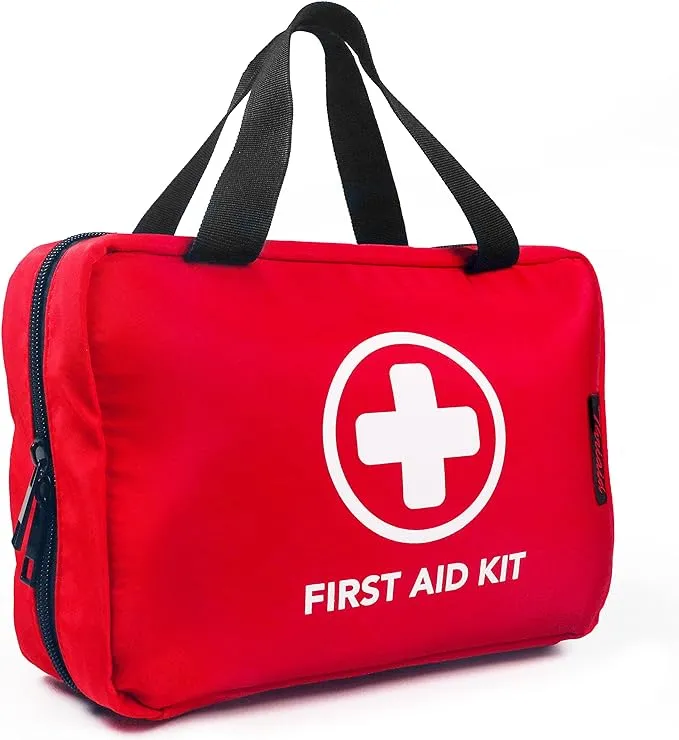
Building Your Canine First Aid Kit: What to Include
Having a dog first aid kit at home and in your car is a smart move. But what should you include? Here’s a handy list:
- Gauze and Bandages: For cuts and scrapes.
- Antiseptic Wipes: To clean wounds.
- Tweezers: For removing splinters or ticks.
- Thermometer: To check your dog’s temperature.
- Muzzle: In case your dog is in pain and might bite.
- Ice Pack: For swelling or sprains.
- Emergency Contact Numbers: Keep your vet’s number and the nearest emergency clinic handy.
- Hydrogen Peroxide: This can induce vomiting if your dog eats something toxic (but check with your vet first!).
- First Aid Manual: A quick reference guide can be super helpful. For a deeper dive into essential items, check out top essential items for a dog first aid kit.
Having these supplies on hand can make a stressful situation a little easier to manage.
Quick Response Dog Care: Steps to Take in an Emergency
When an emergency happens, every second counts. Here’s a quick guide on how to respond:
- Stay Calm: Your dog can pick up on your emotions. Take a deep breath and focus on what you need to do.
- Assess the Situation: Look at your dog and see what the issue is. Are they breathing? Are they conscious?
- Administer First Aid: Use the techniques you’ve learned. Control bleeding, check for choking, or perform CPR if necessary.
- Contact Your Vet: Even if you think you’ve handled it, it’s always a good idea to call your vet for advice.
- Transport Safely: If you need to take your dog to the vet, do so carefully. Keep them calm and secure in the car.
Being prepared and knowing these steps can help you feel more confident when facing an emergency. For a comprehensive overview, refer to the ultimate guide on acting in dog emergencies.
Dog Injury Treatment: How to Handle Cuts and Scrapes
Cuts and scrapes are common for dogs, especially if they’re active. Here’s how to handle them:
- Clean the Wound: Rinse the cut with clean water to remove dirt. Avoid using alcohol or hydrogen peroxide, as they can irritate the wound.
- Stop the Bleeding: Apply gentle pressure with a clean cloth. If the bleeding doesn’t stop within a few minutes, you might need to bandage it.
- Apply a Bandage: Use gauze to cover the wound. Make sure it’s snug but not too tight.
- Monitor for Infection: Keep an eye on the wound for signs of infection, like redness or swelling. If it looks bad, call your vet. For additional tips, see dog first aid secrets.
- Prevent Licking: Dogs love to lick their wounds, but this can lead to infection. Consider using an Elizabethan collar if needed.
Taking care of cuts and scrapes quickly can help your dog heal faster.
Emergency Procedures for Dogs: When to Call the Vet
Not every situation requires a trip to the vet, but some definitely do. Here are signs you should call your vet immediately:
- Severe Bleeding: If the bleeding doesn’t stop after a few minutes.
- Difficulty Breathing: If your dog is struggling to breathe or is wheezing.
- Unconsciousness: If your dog is unresponsive or won’t wake up.
- Seizures: If your dog has a seizure lasting more than a few minutes or has multiple seizures in a row.
- Signs of Poisoning: If you suspect your dog has ingested something toxic, call your vet or poison control.
When in doubt, it’s always better to err on the side of caution. For guidance on what to do in these situations, refer to five essential dog first aid tips.
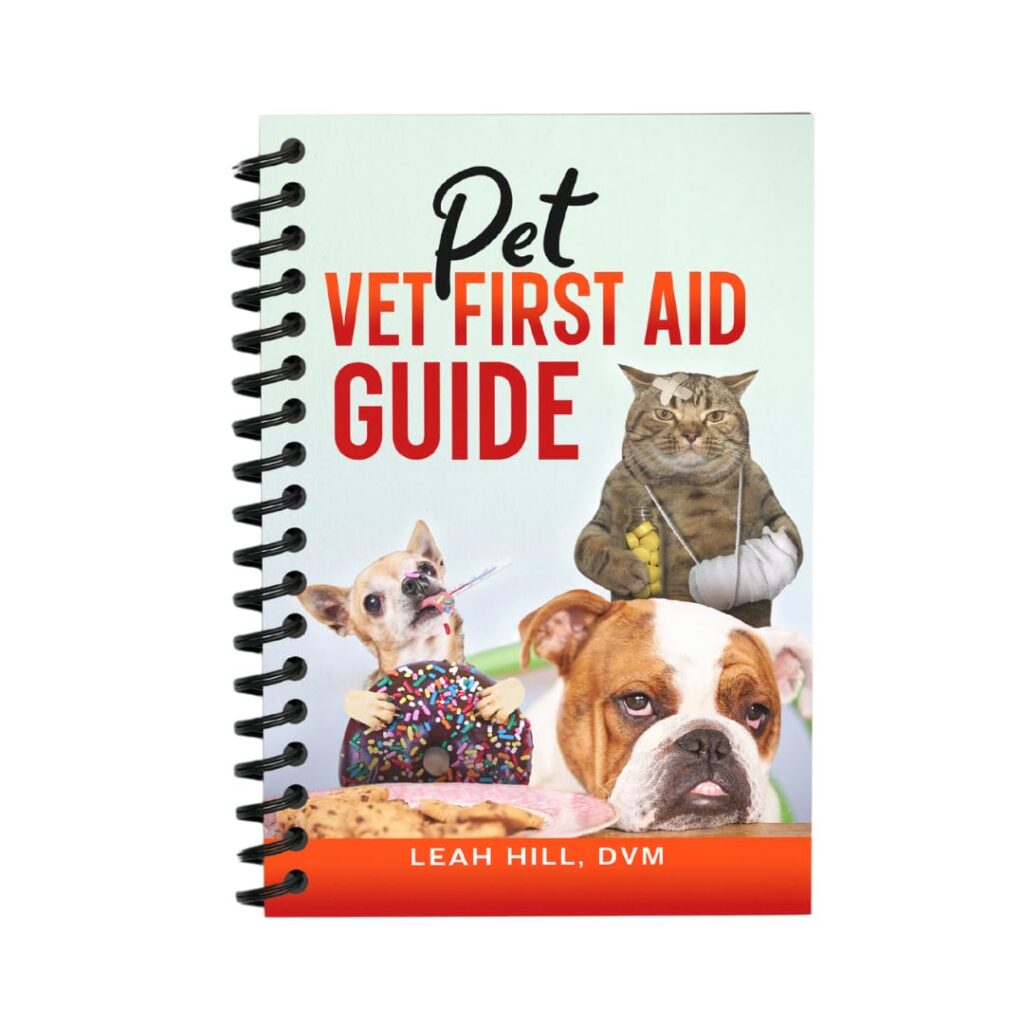
Dog First Aid Training: Learning the Basics
Want to feel more confident in your ability to help your dog in an emergency? Consider taking a dog first aid training course. Many organizations offer classes that cover everything from basic first aid techniques to CPR. For easy ways to learn, check out easy ways to learn dog first aid.
These courses can provide hands-on experience, which is invaluable. Plus, you’ll meet other dog owners who are just as passionate about their pets as you are. It’s a great way to learn and connect with others.
You can often find classes at local pet stores, veterinary clinics, or even online. Look for one that fits your schedule and dive in!
Final Thoughts on Dog First Aid: Be Prepared and Stay Calm
Being a dog owner comes with a lot of responsibilities, and knowing dog first aid is one of the most important. Emergencies can happen when you least expect them, but if you’re prepared, you’ll be able to handle them with confidence.
Keep your first aid kit stocked, learn the essential techniques, and don’t hesitate to seek help when needed. Your dog relies on you, and being ready can make all the difference.
Conclusion
In wrapping things up, knowing dog first aid is like having a safety net for your furry friend. Emergencies can pop up out of nowhere, and being prepared can truly be a game changer.
Remember, staying calm and knowing the basics can help you act swiftly and effectively when your pup needs you the most. So, stock up that first aid kit, familiarize yourself with essential techniques, and don’t hesitate to reach out to your vet when in doubt.
Your dog is counting on you, and with the right knowledge, you can be their hero in times of need.
If you found this information helpful, why not dive deeper into the world of pet care? Check out more articles at Tech Havela for tips that will keep your furry companion happy and healthy!
Frequently asked questions
What is Dog First Aid: Proven Methods for Quick Action?
Dog First Aid: Proven Methods for Quick Action is all about how to help your dog in a crisis. It teaches you quick steps to take when your pet gets hurt or sick.
Why should I learn Dog First Aid?
Learning Dog First Aid can save your dog’s life. You’ll know what to do in emergencies. Quick actions can make a big difference.
What are some basic Dog First Aid skills I should know?
You should know how to stop bleeding, perform CPR, and treat choking. These skills are key in urgent situations.
How can I prepare a Dog First Aid kit?
Include bandages, gauze, antiseptic wipes, and a muzzle. Add a flashlight and your vet’s contact info too. Be ready before an emergency happens!
Where can I learn more about Dog First Aid?
Look for local classes or online courses. Many resources are available on pet health websites.
How often should I check my Dog First Aid kit?
Check your kit every few months. Make sure all items are in good shape and replace anything that’s expired.
What if my dog is injured but I can’t reach a vet?
Stay calm! Use your Dog First Aid skills to stabilize your dog. Then, get to the vet as fast as you can.
**Sidnir Vieira**
Founder of TechHavela
A passionate pet and tech content creator, helping dog owners across the U.S. make smarter decisions for their furry friends.

